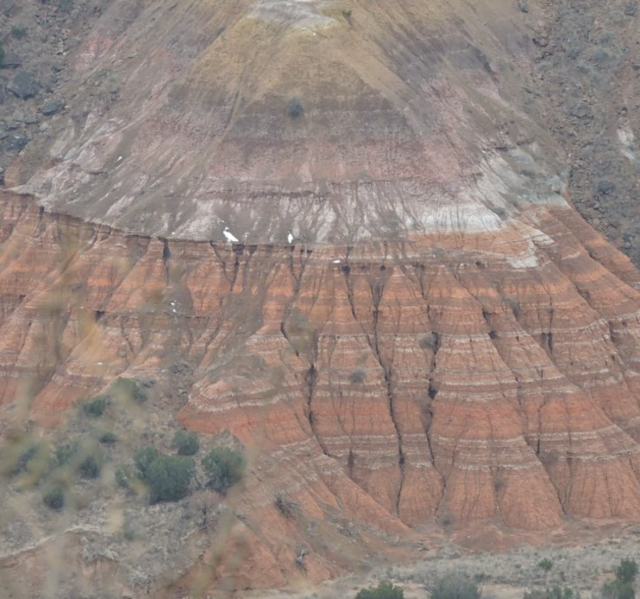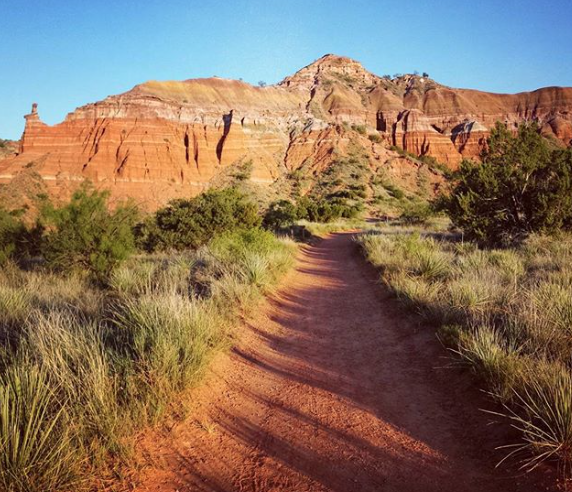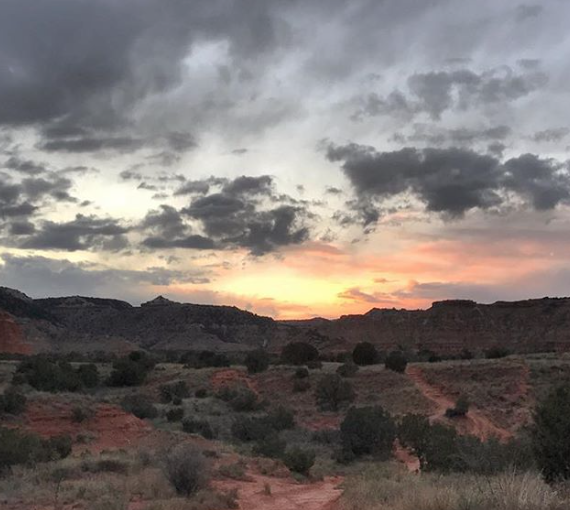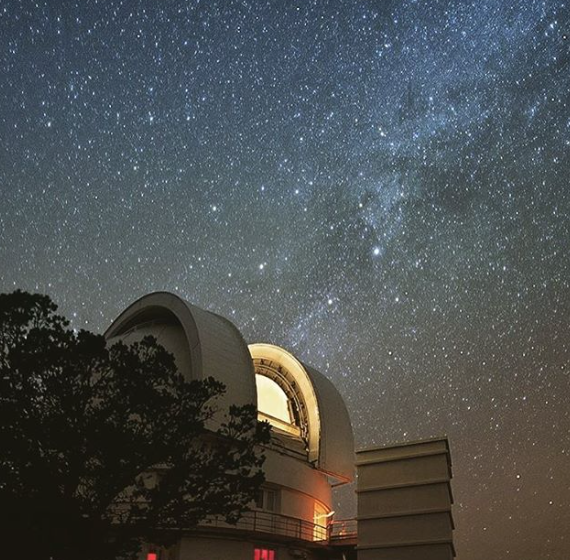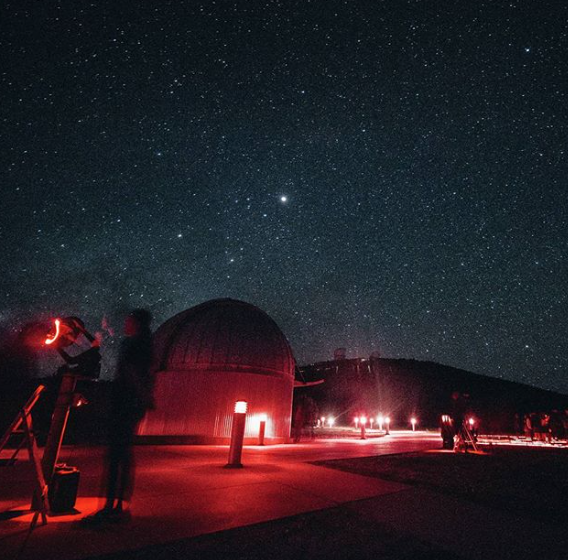The stalling and delays have gone on long enough! We pulled out of El Paso today and barreled eastward across the Chihuahuan desert to Guadelupe Mtns NP, which by now has neither snow nor sub-freezing temperatures. And since the furnace is now fixed, we don’t have to worry as much about the nights being cold.
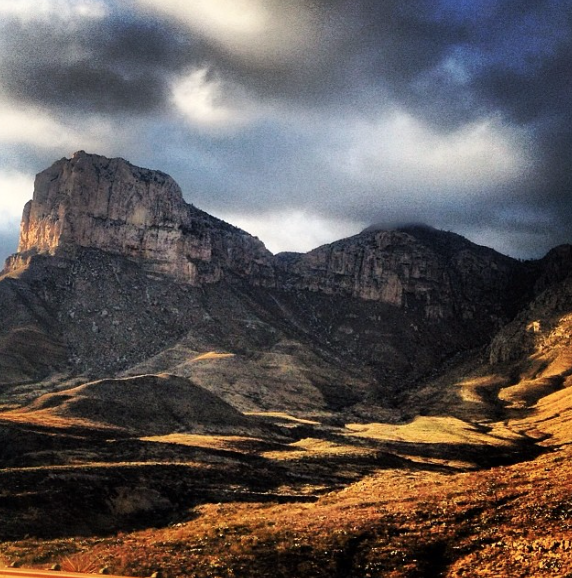
The first hike, to a destination called the Devil’s Hall, was an exhilarating and slightly hazardous 4-mile scramble through boulder-strewn washes and up into a limestone slot canyon – simply magnificent.
The second hike had been anticipated for weeks: a 2.2-mile hike up to the top of a 1400-foot limestone reef!! The Guadelupe Mountains are part of what was once a large marine reef arc, submerged in a vast inland salt sea some 260 million years ago. The reef was uplifted by tectonic forces about 50 million years ago, the sea dried up and what you now see is a series of limestone and dolomite mountains which encase billions of fossilized animal and plant remnants, life in the former reef.
As we rose through the higher elevations, the path led between the main mountain and a tall piece of not-quite broken-away limestone (as big as a semi-truck on end). What remained between was a curious and luxurious little microclimate: an Eden protected from wind and the worst of the mountain’s weather, it sheltered trees, shrubs, cacti, grasses and ferns. After 150 steps, it was gone and we were back to wind-whipped rock along the arid path.
Every section of the trail reveals a view of fossils that were once either sponges, one-celled marine creatures, clam-like brachiopods, coral and algal remains, fusulinids (shell-housed amoebas), ammonoids (like the multi-chambered nautilus), sea fans and stromatolites (some of the very first intertidal communities to exist) embedded in the rock.
The hike was totally fascinating to both of us…except for the 45-mph winds which nearly blew us off the mountain. Only two other hikers braved the weather, so we nearly had the mountains to ourselves. We hiked to the very top layer, and looked out through a saddle gap to see the hills and valleys around us.
The Permian Reef era is so significant that Permian is actually a named slice of geologic time, similar to triassic or jurassic. As is Guadelupe. I know, I’m geeking out now. Back to pix!
The following two days included two splendid hikes, one of which was a peak experience for us – up to the 8,700 ft.-high Guadelupe Peak. Over the course of seven hours we hiked 8.4 miles with an elevation gain of 3,000 feet, into the stratosphere. This mountain is the highest in Texas, and on a clear day (which we had!) you can see hundreds of miles, south to Mexico, North to White Sands and the Sandia Mountains (snow-covered), east across the vast flatlands of west Texas. We had a picnic lunch on the summit, and were dive-bombed by peregrine falcons hunting for songbirds to eat. Nearly as many fossils to see as on the previous Reef trail, along with huge outcroppings of selenite and calcite. Glorious, and like nowhere else we’ve ever been!
















